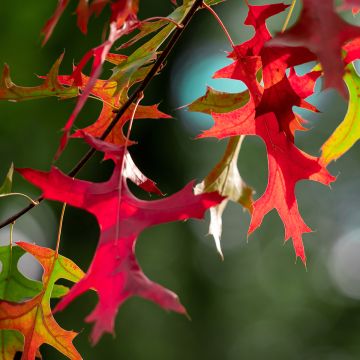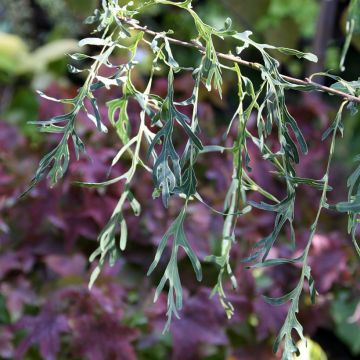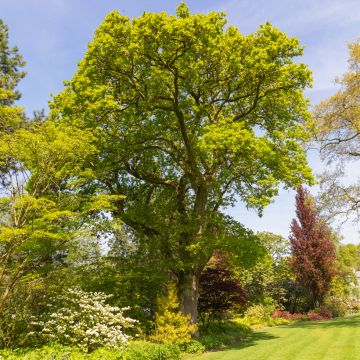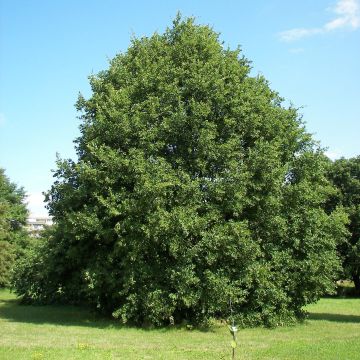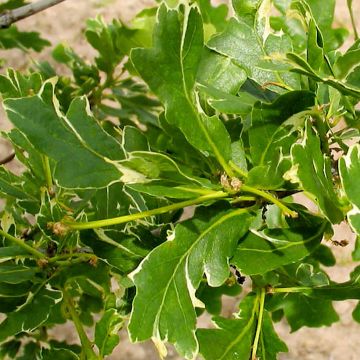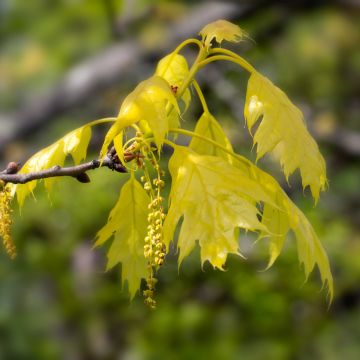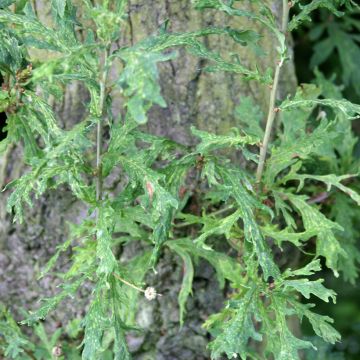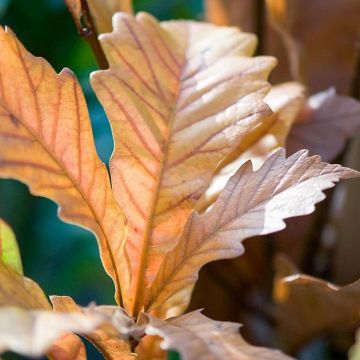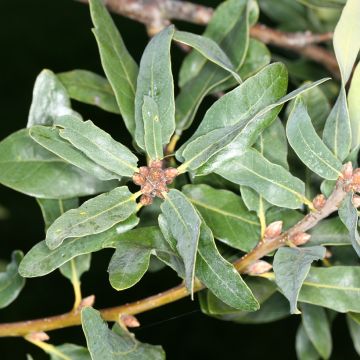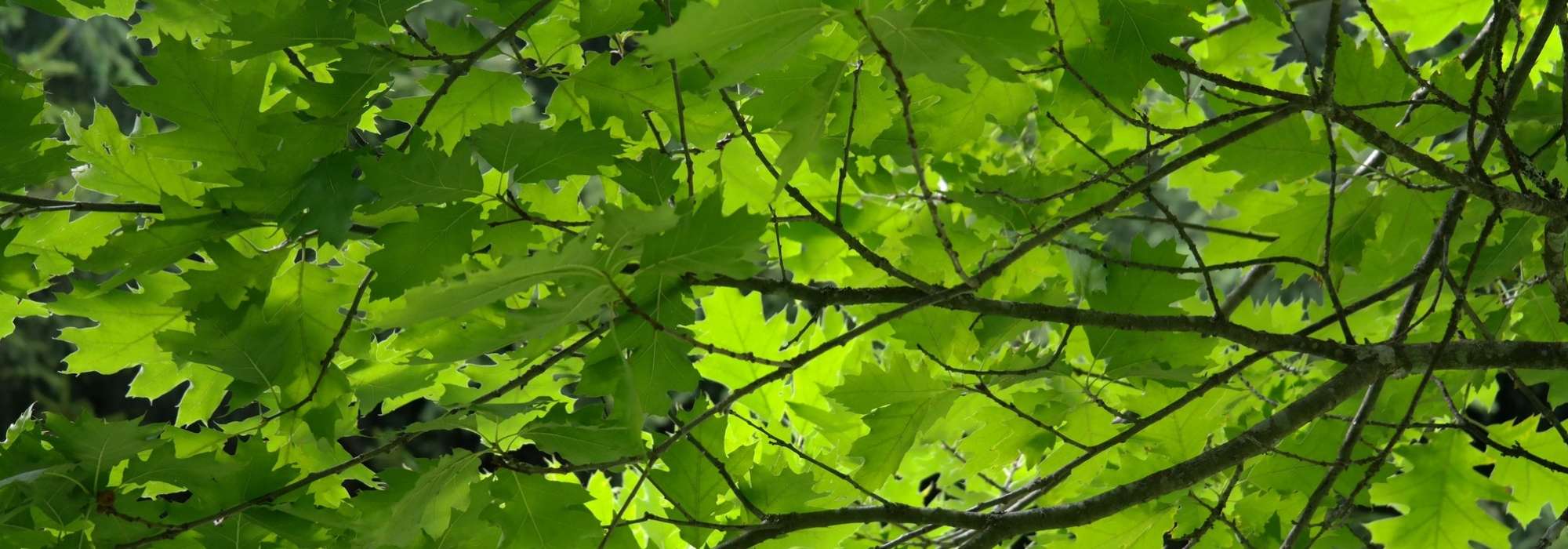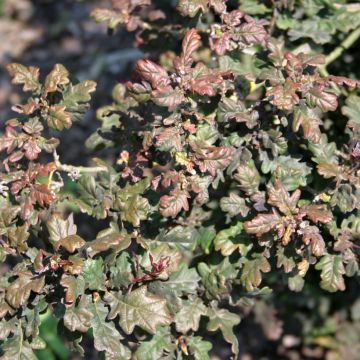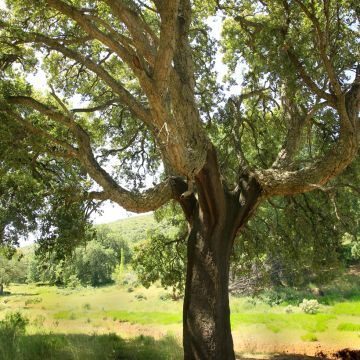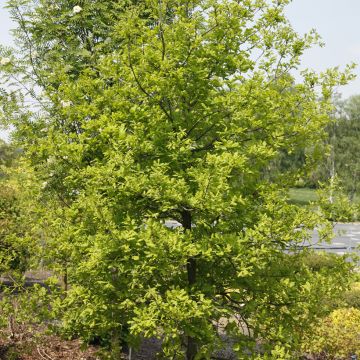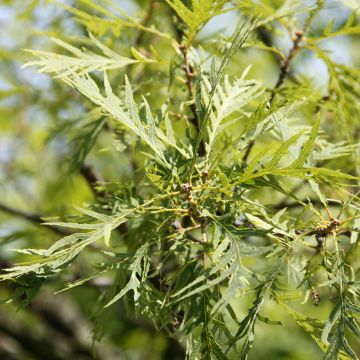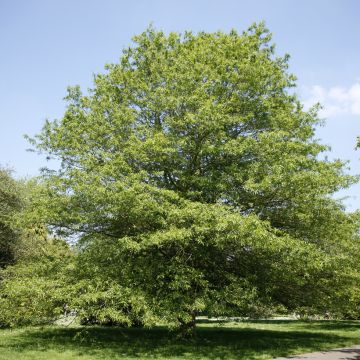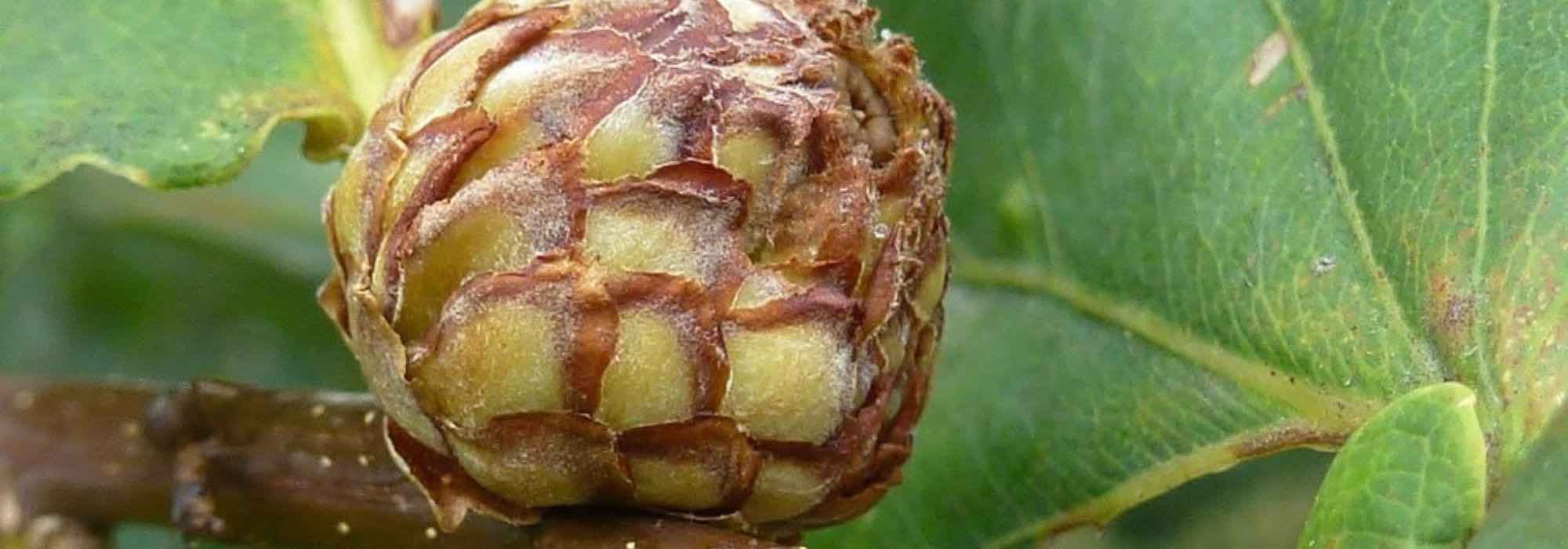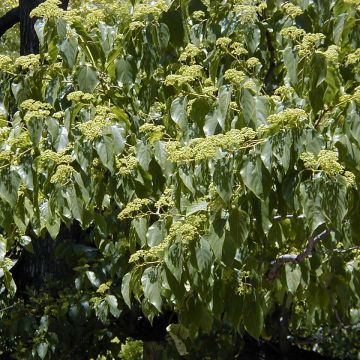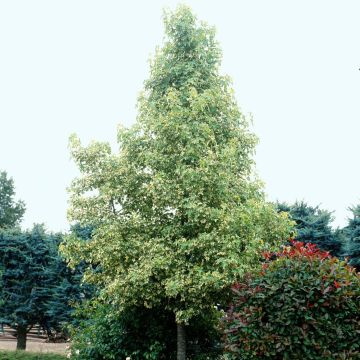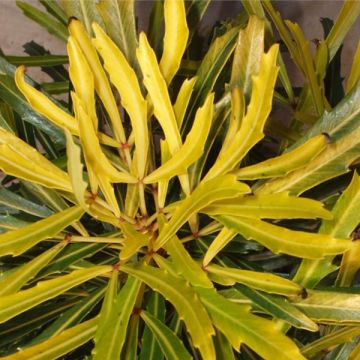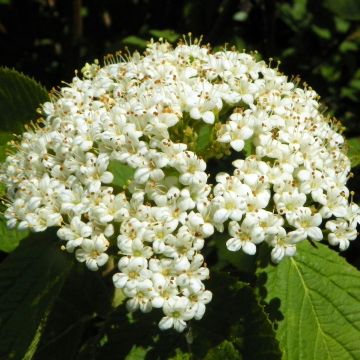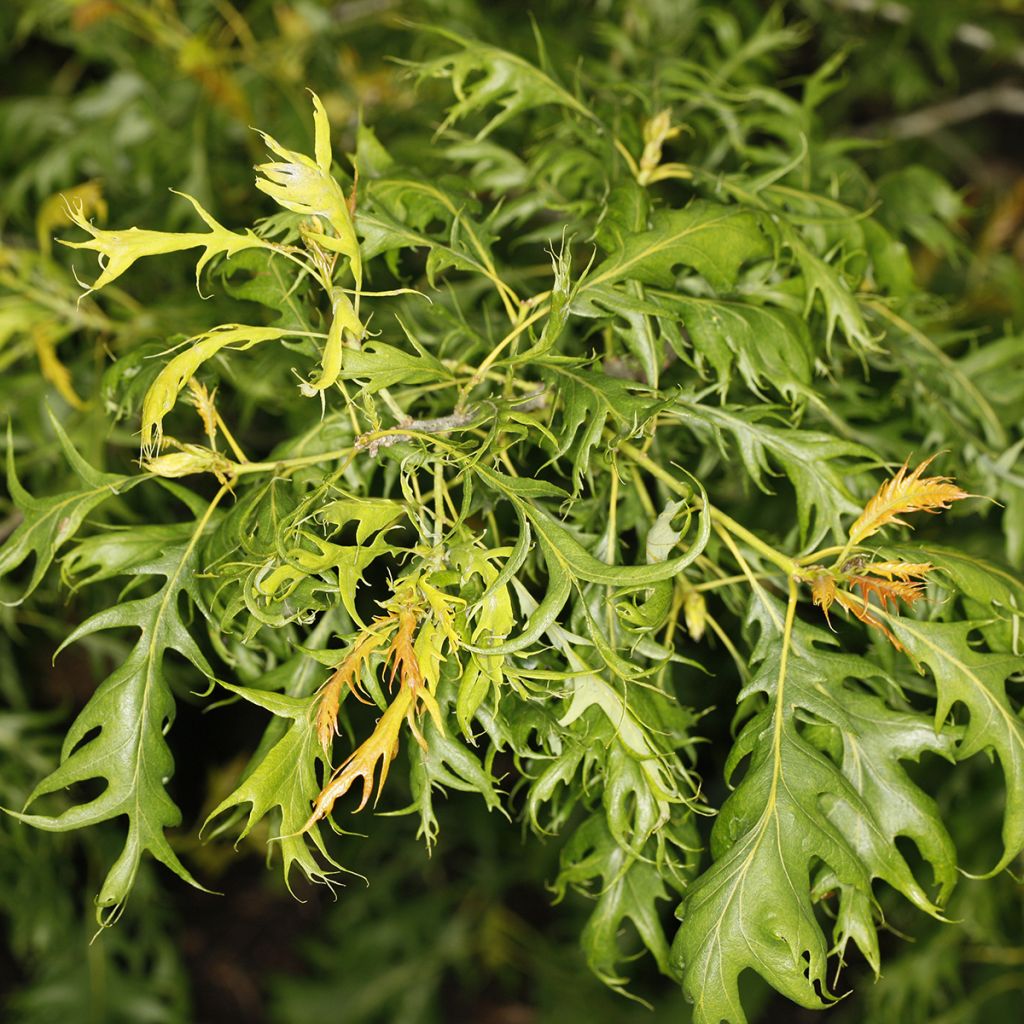

Quercus robur Miky - Oak
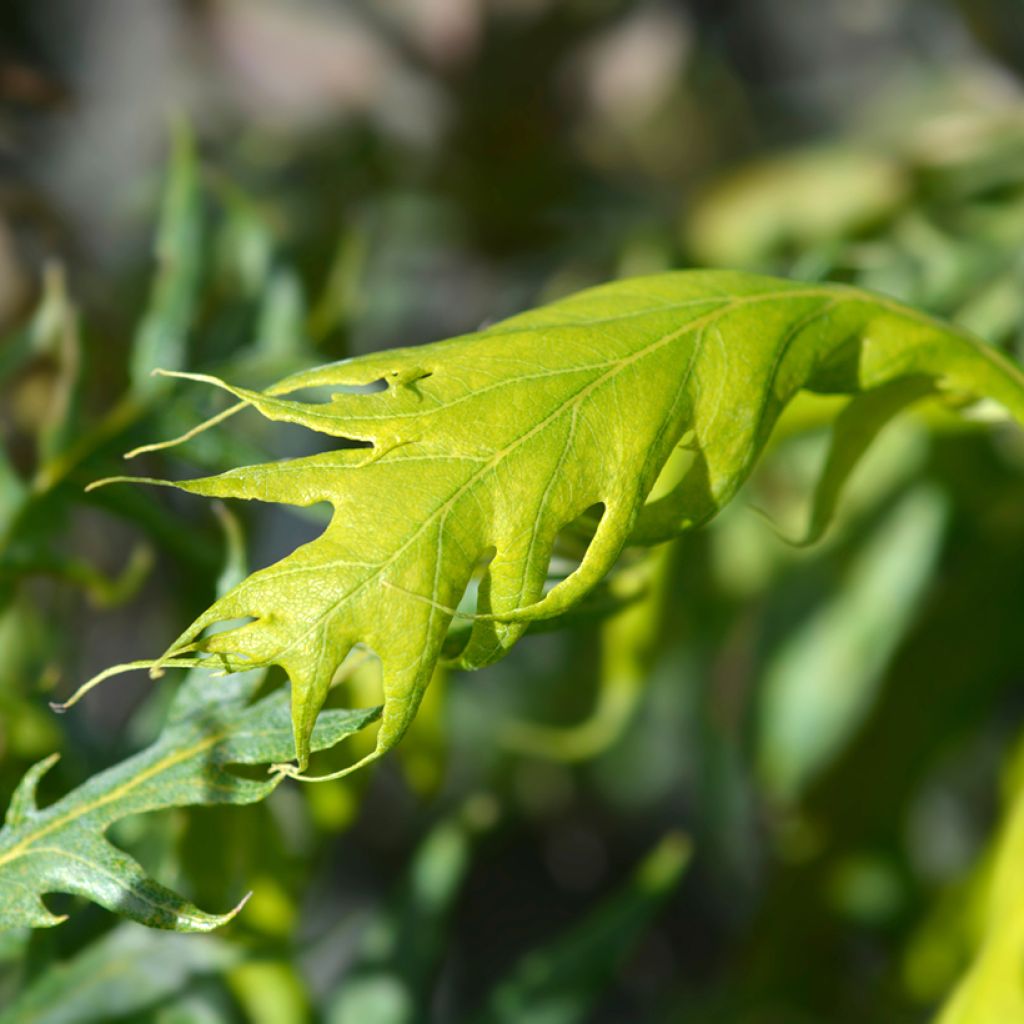

Quercus robur Miky - Oak
Quercus robur Miky - Oak
Quercus robur Miky
English Oak, Pedunculate Oak, European Oak
Received plant unbalanced, 2 branches on the stem both on one side, too bad; it will take time to rebalance it.
PLANTEURFOU, 26/09/2024
Special offer!
Receive a €20 voucher for any order over €90 (excluding delivery costs, credit notes, and plastic-free options)!
1- Add your favorite plants to your cart.
2- Once you have reached €90, confirm your order (you can even choose the delivery date!).
3- As soon as your order is shipped, you will receive an email containing your voucher code, valid for 3 months (90 days).
Your voucher is unique and can only be used once, for any order with a minimum value of €20, excluding delivery costs.
Can be combined with other current offers, non-divisible and non-refundable.
Why not try an alternative variety in stock?
View all →This plant carries a 24 months recovery warranty
More information
We guarantee the quality of our plants for a full growing cycle, and will replace at our expense any plant that fails to recover under normal climatic and planting conditions.
Would this plant suit my garden?
Set up your Plantfit profile →
Description
Quercus robur Miky is a very unique horticultural variety of the classic Pedunculate Oak. It differs from it in size, forming a miniature tree that is wider than it is tall and reaching a height of about 3m, far from the dimensions of the giant in the countryside. Its foliage is also distinct, giving it its ornamental interest. The wavy and heavily cut, dark green leaves give a very graceful aspect to the plant. This compact Oak is rare in cultivation and grows slowly. It likes the sun, but not drought, and rich, humus-bearing, moist soils. Resistant to cold and urban pollution, it is a good subject for small city gardens.
The Oak is a member of the Fagaceae family, like the Beech and the Chestnut. There are approximately 600 species worldwide, deciduous and evergreen, mainly in the northern hemisphere, in arid, temperate or humid tropical climates. The Quercus genus particularly inspires collectors, as it has very different forms, like the Chestnut-leaved Oak... There are approximately 240 named cultivars, such as Miky.
This miniature tree, whose uncertain origin may be Hungarian, is astonishing in more ways than one, starting with its silhouette. It is slow-growing and eventually reaches a height of about 3m with a spread of 4m, due to its relatively flexible branches that tend to spread. The young branches are a light green colour that contrasts pleasantly with the brown-grey bark, and especially with the mature dark green leaves. The young shoots, on the other hand, have a very soft chartreuse green colour, which, combined with the delicacy of the leaves, gives a special grace to this extraordinary plant. The leaves, which can measure up to 15cm long and 7cm wide, are alternate and carried by a chartreuse green petiole of approximately 3cm, which extends into a well-marked midrib. The leaf blade is deeply incised into numerous lobes, with a pointed tip, and of irregular and varied shape. Some lobes are almost straight, others are curved upwards or downwards, some may have a branching outline or even a small formed lobe... In addition, the leaves are wavy, giving a very pleasant tousled appearance to the branches. While the lower surface is a matte green, the upper surface is a slightly shiny dark green, with a lighter central vein that is clearly visible in each lobe.
The Miky Oak is quite accommodating in terms of growing conditions, accepting moderately acidic to limestone soils without excess. Its main requirement is moisture, as it does not like drought. A moist, humus-bearing soil and a sunny exposure are ideal. In drying sandy soil, its size will be reduced and its growth affected. Hardy to approximately -23°C, it will grow in continental and oceanic zones but will suffer from dryness in the Mediterranean region.
Quercus robur Miky will delight enthusiasts of rarity and decorative foliage. Far from the classic image of the king of the forest, this reduced-size Oak will be perfect in a mixed bed or planted alone in a small urban garden, as it is resistant to urban pollution. Play with different foliage to create a contrasting and original scene. In neutral soil, plant a Cercis canadensis Merlot, an Eastern Redbud whose foliage is purple, then dark green in autumn, contrasting both in colour and heart-shaped form. Its pink flowering directly on the bare wood at the beginning of the season is also a delightful spectacle. You can also go for gold, like with Cotinus coggygria Golden Lady, a Smoke Bush whose oval leaves take on yellow-green, golden yellow, and orange shades depending on the season. This moderately sized shrub tolerates severe pruning and will not harm your small Oak. You can also plant a variety of Heucheras at its base, charming perennials that come in practically all existing plant colours, green, grey, orange, purple, pink...
Quercus robur Miky - Oak in pictures


Plant habit
Foliage
Botanical data
Quercus
robur
Miky
Fagaceae
English Oak, Pedunculate Oak, European Oak
Cultivar or hybrid
Other Oak
View all →Planting and care
Quercus robur Miky grows in ordinary but deep soil, remaining moist at depth, preferably clayey, slightly chalky, neutral or slightly acidic. Once established, this tree will anchor deeply to withstand normal summers and completely do without watering. This oak succeeds almost everywhere. It appreciates wet but well-drained soils, where its growth will be faster. Dry and/or sandy soils restrict its growth and prevent it from reaching its normal size.
It prefers sunny and well-cleared exposures, which promote darker foliage but in hot climates, it will tolerate light shade. Soak the root ball in a bucket for a quarter of an hour before planting it and then water it abundantly. Place a stake to help it start, water for the first 2 years and then let nature take its course. Once established, it requires very little maintenance except for the removal of dead wood. It is not very prone to diseases.
Planting period
Intended location
Care
Planting & care advice
-
, onOrder confirmed
Reply from on Promesse de fleurs
Similar products
Haven't found what you were looking for?
Hardiness is the lowest winter temperature a plant can endure without suffering serious damage or even dying. However, hardiness is affected by location (a sheltered area, such as a patio), protection (winter cover) and soil type (hardiness is improved by well-drained soil).

Photo Sharing Terms & Conditions
In order to encourage gardeners to interact and share their experiences, Promesse de fleurs offers various media enabling content to be uploaded onto its Site - in particular via the ‘Photo sharing’ module.
The User agrees to refrain from:
- Posting any content that is illegal, prejudicial, insulting, racist, inciteful to hatred, revisionist, contrary to public decency, that infringes on privacy or on the privacy rights of third parties, in particular the publicity rights of persons and goods, intellectual property rights, or the right to privacy.
- Submitting content on behalf of a third party;
- Impersonate the identity of a third party and/or publish any personal information about a third party;
In general, the User undertakes to refrain from any unethical behaviour.
All Content (in particular text, comments, files, images, photos, videos, creative works, etc.), which may be subject to property or intellectual property rights, image or other private rights, shall remain the property of the User, subject to the limited rights granted by the terms of the licence granted by Promesse de fleurs as stated below. Users are at liberty to publish or not to publish such Content on the Site, notably via the ‘Photo Sharing’ facility, and accept that this Content shall be made public and freely accessible, notably on the Internet.
Users further acknowledge, undertake to have ,and guarantee that they hold all necessary rights and permissions to publish such material on the Site, in particular with regard to the legislation in force pertaining to any privacy, property, intellectual property, image, or contractual rights, or rights of any other nature. By publishing such Content on the Site, Users acknowledge accepting full liability as publishers of the Content within the meaning of the law, and grant Promesse de fleurs, free of charge, an inclusive, worldwide licence for the said Content for the entire duration of its publication, including all reproduction, representation, up/downloading, displaying, performing, transmission, and storage rights.
Users also grant permission for their name to be linked to the Content and accept that this link may not always be made available.
By engaging in posting material, Users consent to their Content becoming automatically accessible on the Internet, in particular on other sites and/or blogs and/or web pages of the Promesse de fleurs site, including in particular social pages and the Promesse de fleurs catalogue.
Users may secure the removal of entrusted content free of charge by issuing a simple request via our contact form.
The flowering period indicated on our website applies to countries and regions located in USDA zone 8 (France, the United Kingdom, Ireland, the Netherlands, etc.)
It will vary according to where you live:
- In zones 9 to 10 (Italy, Spain, Greece, etc.), flowering will occur about 2 to 4 weeks earlier.
- In zones 6 to 7 (Germany, Poland, Slovenia, and lower mountainous regions), flowering will be delayed by 2 to 3 weeks.
- In zone 5 (Central Europe, Scandinavia), blooming will be delayed by 3 to 5 weeks.
In temperate climates, pruning of spring-flowering shrubs (forsythia, spireas, etc.) should be done just after flowering.
Pruning of summer-flowering shrubs (Indian Lilac, Perovskia, etc.) can be done in winter or spring.
In cold regions as well as with frost-sensitive plants, avoid pruning too early when severe frosts may still occur.
The planting period indicated on our website applies to countries and regions located in USDA zone 8 (France, United Kingdom, Ireland, Netherlands).
It will vary according to where you live:
- In Mediterranean zones (Marseille, Madrid, Milan, etc.), autumn and winter are the best planting periods.
- In continental zones (Strasbourg, Munich, Vienna, etc.), delay planting by 2 to 3 weeks in spring and bring it forward by 2 to 4 weeks in autumn.
- In mountainous regions (the Alps, Pyrenees, Carpathians, etc.), it is best to plant in late spring (May-June) or late summer (August-September).
The harvesting period indicated on our website applies to countries and regions in USDA zone 8 (France, England, Ireland, the Netherlands).
In colder areas (Scandinavia, Poland, Austria...) fruit and vegetable harvests are likely to be delayed by 3-4 weeks.
In warmer areas (Italy, Spain, Greece, etc.), harvesting will probably take place earlier, depending on weather conditions.
The sowing periods indicated on our website apply to countries and regions within USDA Zone 8 (France, UK, Ireland, Netherlands).
In colder areas (Scandinavia, Poland, Austria...), delay any outdoor sowing by 3-4 weeks, or sow under glass.
In warmer climes (Italy, Spain, Greece, etc.), bring outdoor sowing forward by a few weeks.






























